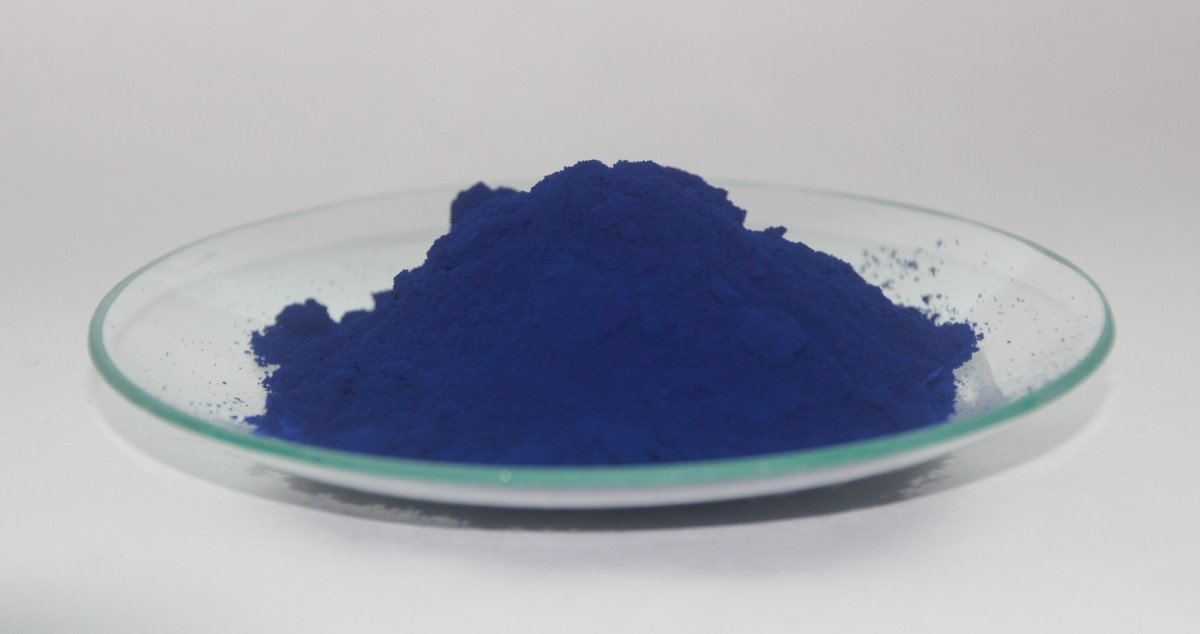Dyeing My Hair From Black to Blonde and How to Maintain Platinum Blonde Hair

Dyeing hair Platinum from dark
If you're not naturally fair but have chosen wear your hair four or five shades lighter than your natural or dyed colour, you are likely to find that some extra maintenance and general ongoing extra care will be required to keep your locks looking lovely. This is especially true if your hair is longer than chin length, because the longer hair is, the older the ends are, the more weather, bleaching and wear and tear they will have been subjected to. This is a guide to help you maintain your bleached hair's healthy, shiny look despite all the damage!
From this...(Jet Black)

To This... Very Blonde

How does lightening my hair damage it?
Each hair is protected by a cuticle. This is a layer of dead cells, sometimes 12 cells thick, which overlap one another, and protect the inner part of the hair which contains the pigment. Ideally the cuticle cells are closed, that is, pressed closely onto each other, forming a smooth outer casing, and giving the hair its characteristic smooth, shiny appearance. The cuticle cells are not pigmented, and for a dye to affect the pigment, the cuticle cells must be lifted up, effectively 'opening' the way into the inner pigmented part of the hair.
The only effective way to lighten hair by 6-8 shades is to use a product containing several chemicals which must be mixed together in order to activate them. These chemicals can contain hydrogen peroxide, as well as other harsh chemicals, and their purpose is to remove the colour pigments in the hair. Different natural colours have differing amounts of pigment in them. Very fair hair may only have yellow pigments and a small amount of orange. Brown and red hair will have the yellow and orange pigments, in addition to red and brown, and black hair contains all the pigments. This explains why darker hair takes longer to lighten, as the chemicals need time to remove each pigment in turn, rendering black hair down through brown and red, to orange then yellow and finally (if it is still intact) very light yellow blonde.
The opening of the cuticle takes away the smooth protective layer of the hair, leaving it feeling rough, puffy,and dull. Hair with an opened cuticle is vulnerable to further damage, and needs careful treatment to encourage the waterproof cuticle layer to close down again.
In addition to the smooth cuticle layer, hair follicles secrete a protective oil which works its way down the hair shaft to help the cells to stay smooth and closed, waterproofed and protected. When bleaching chemicals are applied, this oil is destroyed, increasing the rough feel of the chemically treated hair.
Gradual Removal of dark dye pigments using bleach (NOT RECOMMENDED)




These two photographs show my over bleached and damaged hair. I had too many sessions of highlighting the hair, resulting in an uneven colour. Some areas were still dark, whereas other areas had been exposed to bleach so many times that the hair was in terrible condition, or had simply broken off.
I should have used a colour remover product to remove the dye pigments from my hair safely before bleaching the result.
Over bleached hair breakage

Colour Remover, How it works and why it may not work for you
Colour remover is applied to the hair and left for up to an hour. It changes the size of the molecules of hair dye in the hair, allowing them to be washed out by thorough rinsing. If you don't rinse the hair thoroughly enough the molecules will remain in the hair, and it will revert back to how it was before you started. It's a great product to use if you want a lighter look after a period of using dark dyes, because even the darkest shades use peroxide to help the colour to 'take' and stay in the hair. This means that even when dyeing it black, you will actually be lightening it a little first, without realising it. When the dye is removed, the natural shade of the hair can be considerably lighter than it was originally, giving you a great head start on the lightening process, without any damage!
The colour removing process is slowed considerably by cool temperatures, so make sure your room is nice and warm and draught-free before you start. You will be rinsing your hair three times, for at least 10 minutes each time, and it is best if this water is warm, to aid the process.
It's important to follow the instructions given with whatever product you choose, and not to skimp on any part of the process. Colour removing will not damage your hair anywhere near as much as using bleach to get the same result. You can repeat the process if you have a patchy result, or you need the stronger version of the product, without worrying about damage. You can also colour immediately afterwards, as long as you are confident that you have completed the buffering step properly. If you are in any doubt about this, don't proceed with colouring, otherwise the hair might 'grab' the colour, the result of which can be unpredictable and bizarre as one particular pigment may predominate, or one area of the hair be dyed and another area remain untouched.

Why won't the colour remover work on me?
Red pigments are the most difficult to lift, whether natural or dyed. Removing the red and orange pigments can take the longest time whilst bleaching, but when the hair is dyed red, it can prove too much even for the colour remover. I was extremely lucky that I was able to quite easily get rid of my red hair with colour remover, others find that the cuticle is permanently stained by red, which creates the most enduring stain. My hair had been repeatedly dyed using a box dye, essentially a high-lift tint, and also with fashion shades of pillar box red, purples and pinks. The ends of my blonde hair are still warmer and darker than the top, almost a year on, so the message here is, be patient!
If you have dyed your hair with red, warm browns, purples and even some blacks, and then used products intended to increase shine, with silicone, you might find the stain even more stubborn. Add to this heat straightening and you will further drive the colour into the hair molecules and stain them for good.
Colour removing products may be defeated by these processes, or they may work a treat for you like they did for me. It's worth trying them, as the damage is minimal and the result can be spectacular.
Platinum Blonde hair!

How to achieve healthy looking Platinum blonde
The answer to this is patience, patience patience I'm afraid! Trying to get this colour all at once will not work. The hair will break, and the colour will not be good. Gently, steadily bleach your roots and use the most gentle low volume bleach on the rest of the hair. Do not be tempted to leave it on for too long. Be prepared to put up with a colour that is not quite what you want, for a little while. Just tell folk that its a 'work in progress'!
Following a bleach, use a good conditioner, preferably a reconstructing conditioner. Don't wash the hair too often, and allow the hair's natural oils to work their way down the shaft from where they are secreted in the follicle. Leave at least 4-6 weeks in between root bleachings, and 8-10 weeks in between using any bleach to lighten lengths. Keep up with regular trims, and condition after every wash.
In my other hub I recommend some conditioners, some of which are quite costly. Cheaper things to use are coconut oil, Moisture seal oil intended for Afro-Caribbean hair, serums, and good old olive oil!
Simple products to protect the damaged hair shaft

How to tone down that 'just bleached' brassy look
There are many products in the form of shampoos and conditioners which can deposit a tiny amount of blue or purple pigment onto the hair to neutralise yellowy or orangy shades, and give a subtle platinum tone.
You can make your own toners too, and you might like to include pink or beige tones if you get fed up with the coolness of platinum. Pearl toners are harder to come by, and these are essentially pinky toned, so you can make your own with pink hair colour in a tiny quantity, mixed with conditioner and applied in the usual way. Don't panic if the result is too intense, it will fade quickly. Equally so, this is a practise you will have to continue every other wash or so, to maintain the glossy, toned look. It will soon become part of your routine!
Are you a hair experimenter?
How many colours have you used on your hair over the years?
This article is accurate and true to the best of the author’s knowledge. Content is for informational or entertainment purposes only and does not substitute for personal counsel or professional advice in business, financial, legal, or technical matters.
© 2013 Jil Wild Manning



